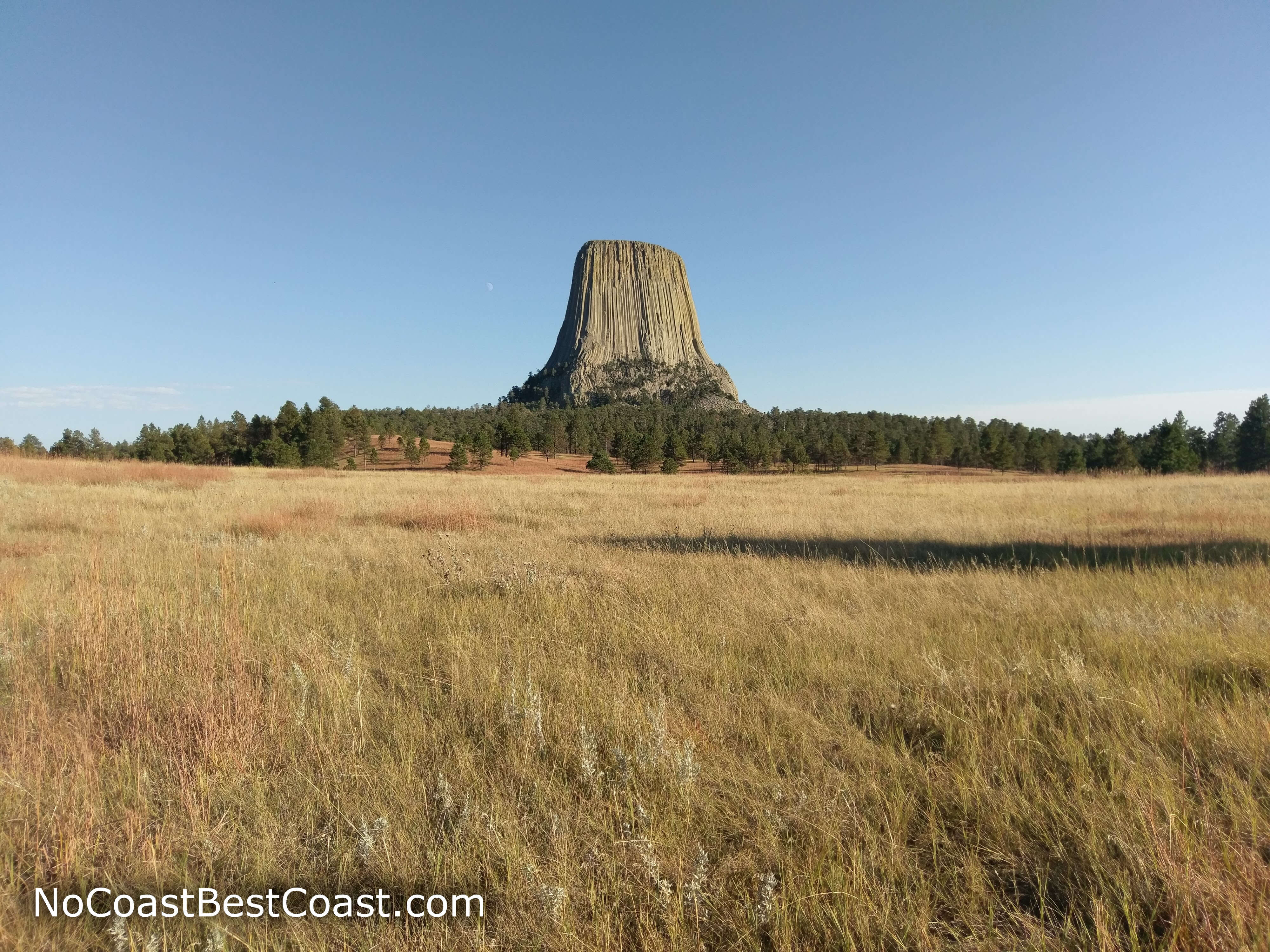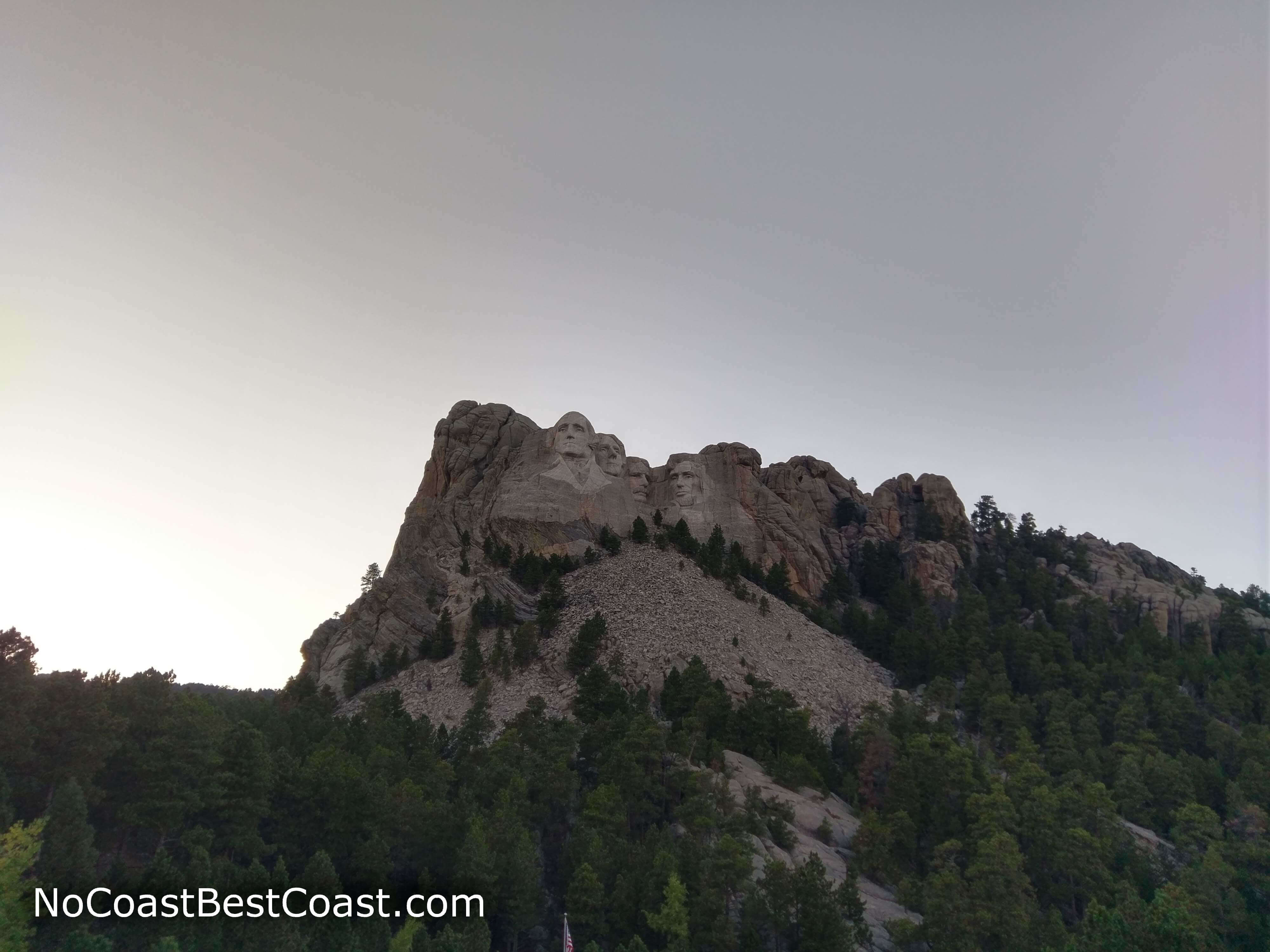What's the Difference Between a National Park, a National Monument, and a National Forest?
Last Updated by Ricky Holzer on Thursday, January 24th, 2019
Have you ever wondered what the difference is between a National Park and a National Forest? What is a National Monument and why aren't all of them giant statues? Whether you've hiked a nature trail in a local park or backpacked the wilderness in a famous national park, everyone who has ever done any sort of outdoor recreation has visited some type of public land. While we may assume that all these lands we hike in are protected in perpetuity by the "government", you may be surprised to hear that, thanks to the beauty of bureaucracy and the fragmentation of land ownership, different labels mean different levels of protection for your favorite parks.
As with anything involving the federal government, the entire labeling system is convoluted, involves seemingly arbitrary rules, and has a few special cases that violate said rules. While the National Park Service simply defines each designation on its website, their list omits lands administered by other agencies -- e.g. national forests -- and has limited details about how these land designations differ functionally. To demystify these labels, I will explain which agency operates each type of park, the details behind how they operate and for what purpose, and what exactly each designation means for you as a visitor. Note that I will only cover lands owned by the U.S. federal government -- how other countries and states within the U.S. label their land is entirely different.
Demystifying National Parks, Forests, and Monuments
National Parks
The most well-known designation in this post, national parks preserve nationally or globally significant scenic, ecological, or historical areas and must meet several required criteria to receive this designation. Hunting, mining, or any other extractive or non-recreational commercial use is not permitted within a national park. Just like the approval of any federal law, Congress must pass a law and receive approval from the president to establish a national park. Often, national parks were owned and maintained by another public agency before being "upgraded" to national park status; a notable recent example of this is the Gateway Arch in St. Louis, which quietly received national park status in 2018 to renovate, revitalize, and expand the land which has been a national memorial (yet another ambiguous federal designation) since 1935. In a nutshell, national park designation is one of the highest levels of protection available and is reserved for the most profoundly beautiful places in the country like the Grand Canyon, Yellowstone, and Yosemite.
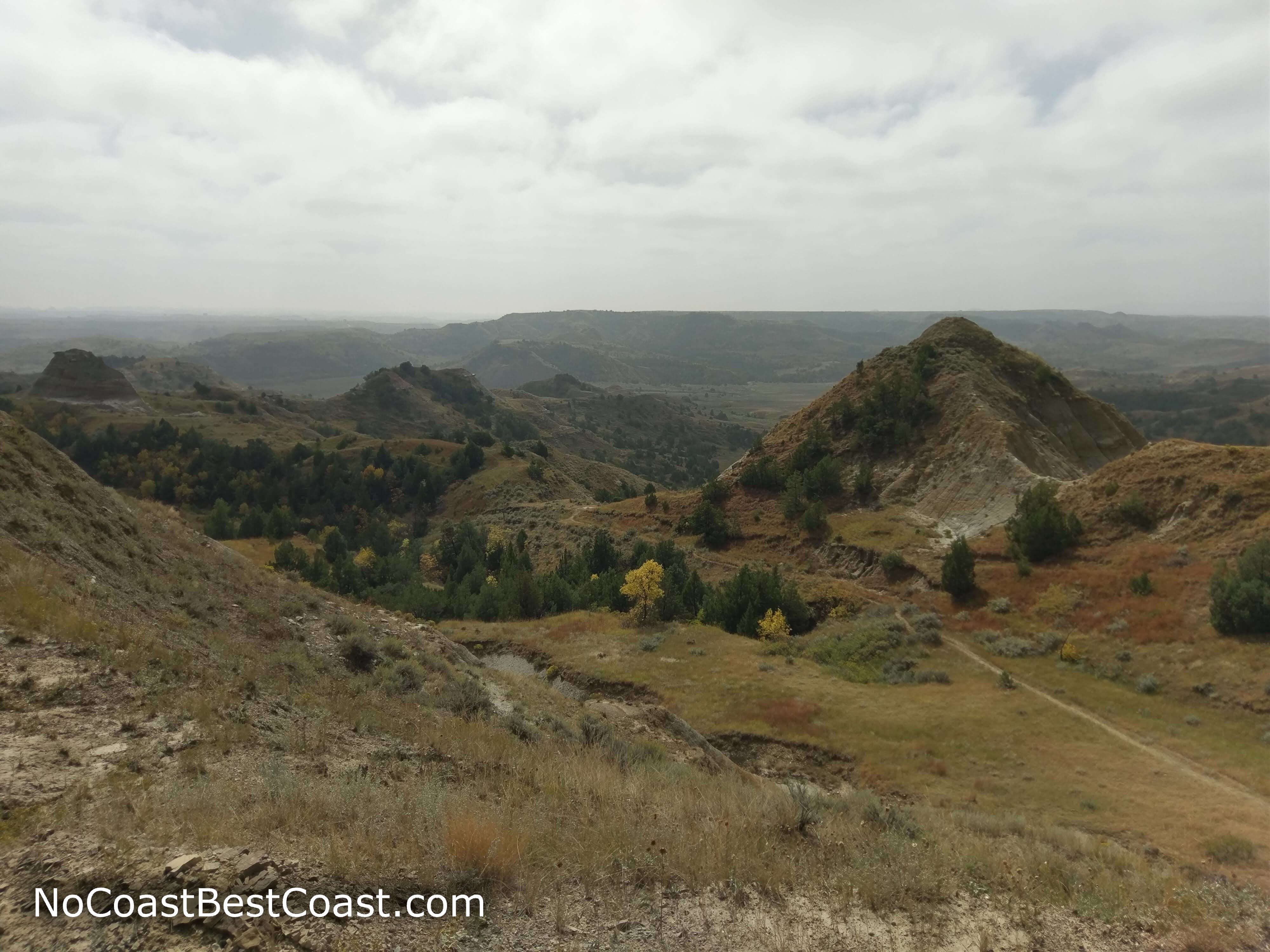
Theodore Roosevelt National Park is a prime example of the scenic beauty preserved in national parks
National parks are administered by the National Park Service, an agency under the U.S. Department of the Interior. The primary goal of the National Park Service is to maintain the integrity of each national park while allowing for public use and recreation. National parks are generally the most developed and well-maintained federal parks, and I've found that the older and more popular parks are much more built-out -- some older parks like Sequoia National Park even have hotels or lodges directly inside the park.
There are currently 60 national parks spread across 28 states and 2 territories, protecting 52 million acres of land (an area slightly smaller than Kansas). Most parks are in the Western U.S., though a handful exist east of the Mississippi, like Acadia National Park in Maine and Great Smoky Mountains National Park in North Carolina. Since most of the famous natural areas and landmarks in the U.S. are contained within national parks, they receive huge amounts of visitors from all around the world -- 2017 set a record with 84 million visitors.
National Forests and Grasslands
The primary purpose of national forests and grasslands is quite different than that of national parks, and they exist to protect and manage natural resources, most notably timber, in addition to providing recreation and preserving nature. As such, logging, ranching, farming, mining, and even ski resorts are among the economic activities that occur within these lands. Although it seems like recreation and conservation are afterthoughts, national forests also contain most of the designated wilderness areas in the U.S. -- federal lands free from human influences -- so they do a substantial amount of environmental protection as well. (Side note: wilderness areas throw another complicated layer into the nebulous mix of designations, so I won't be discussing them in this post. Read the National Wilderness Preservation System Wikipedia page if interested). The difference between national forests and national grasslands is exactly what you'd expect: forests have trees and grasslands are grassy and mainly found in the Great Plains. National forests aren't necessarily your stereotypical "forest" either -- as a kid I was always baffled by the Tonto National Forest in Arizona, covering an area of the Sonoran Desert with cactus and the overgrown bushes they call trees rather than the piney wonderland I pictured when I heard the word "forest".
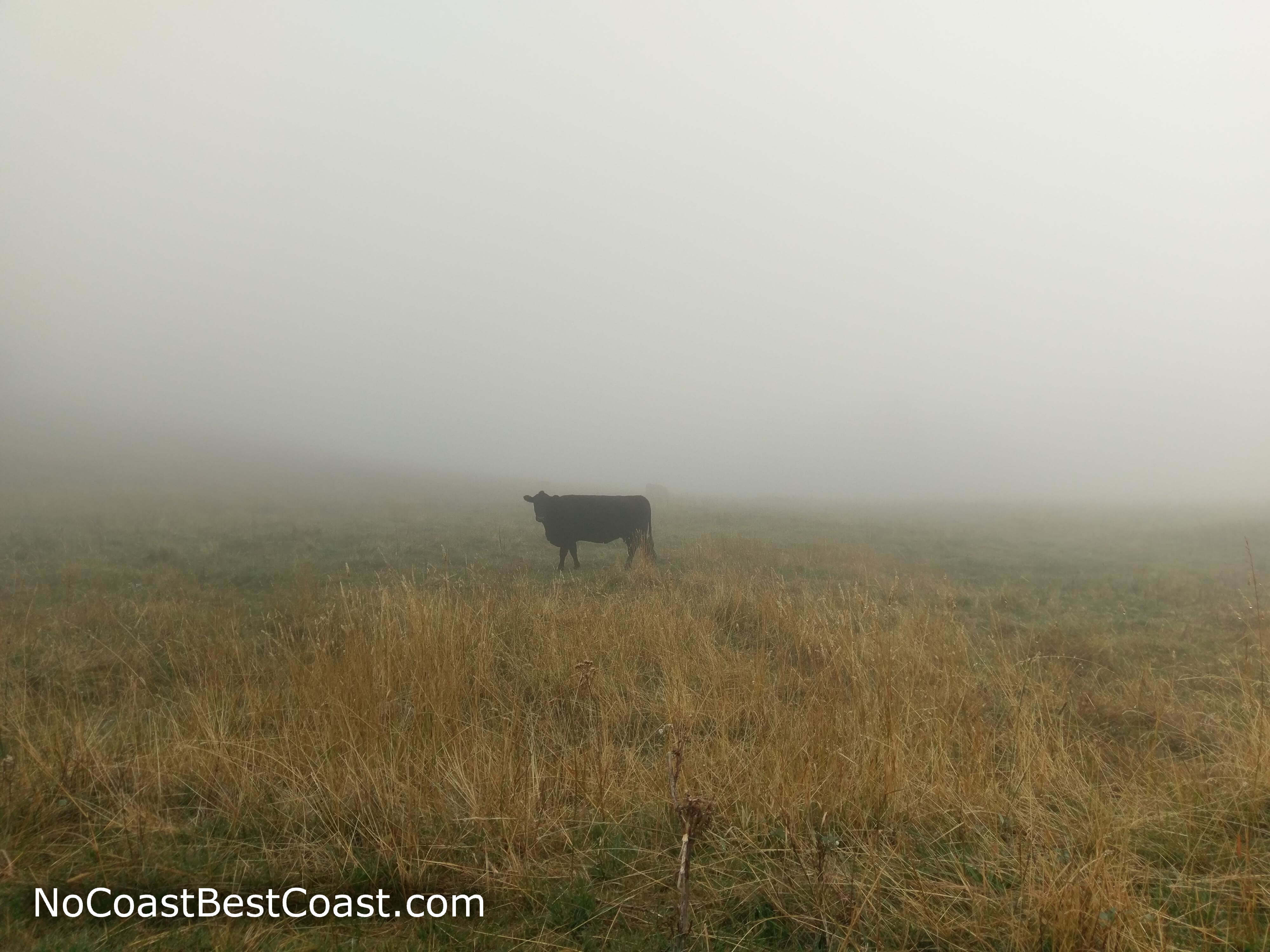
Cows grazing in the fog of Black Hills National Forest in Wyoming
As alluded to, the U.S. Forest Service, an agency in the U.S. Department of Agriculture, administers national forests and grasslands. This difficult task of balancing commercial interests with conservation often causes controversy -- people don't like it when "their" forest is cut down. However, some enterprises have practical implications for successful ecosystem management; for example, in Sheyenne National Grassland, grazing cattle help to replicate the role of buffalo, a species long gone from Eastern North Dakota, by preventing overgrowth of prairie grasses and spreading natural fertilizer.
There are 155 National Forests and 20 National Grasslands in the U.S. comprising an area about the size of Texas. As with national parks, the vast majority exist west of the Mississippi River. If you go to Google Maps and zoom out to see the contiguous U.S., realize that the vast majority of the green areas are national forests and grasslands. Another fun fact is that the Forest Service has the nation's largest road system at 380,000 miles long (Source); to put that in perspective, the entire Interstate Highway System is only about 30,000 miles long and every road in Texas (the state with the most roads) combined is only 315,000 miles (Source).
National Monuments
Unlike the name suggests, national monuments are not necessarily large statues or the big marble buildings that you would expect to see in Washington, D.C. Instead, their purpose is like that of national parks, to preserve natural areas, historic landmarks, structures, and other objects of historic or scientific interest but without a list of mandatory requirements for establishment. National monuments protect a wide variety of places, from the highly recognizable Devils Tower, to the world's third longest cave system at Jewel Cave, to the landmark Statue of Liberty. In many cases, Congress has voted to upgrade national monuments to national park status, as in the case of the Grand Canyon.
The main difference between national monuments and national parks is how the federal government establishes them. National monuments do not require congressional approval, and the president may proclaim any federally owned lands as national monuments thanks to the Antiquities Act of 1906, signed into law by President Theodore Roosevelt. Because this is the president's one weird trick that Congress hates, the use of the Antiquities Act is often controversial, and amendments to the act now require congressional approval for use in Wyoming and for monuments greater than 5,000 acres in Alaska. The main purpose of establishing a national monument is to protect the land, so any other use depends on the discretion of the managing agency.
Out of the 130 total national monuments in the U.S., most are managed by the National Park Service (89), with others managed by a cornucopia of agencies: the Bureau of Land Management (27), U.S. Forest Service (12), Fish and Wildlife Service (8), Department of Energy (1), Armed Forces Retirement Home (1), National Oceanic and Atmospheric Administration (2), and the U.S. Air Force (1) -- note that some are co-managed so the numbers in parentheses do not add up to 130. They are located in 32 of 50 states, and Arizona has the most with 18. Since President Theodore Roosevelt, 16 presidents (all but Nixon, Ford, Reagon and Bush, Sr.) have created national monuments including President Trump, who established Camp Nelson National Monument in Kentucky in 2018. President Obama set the record by creating or expanding 34 national monuments, almost double of Theodore Roosevelt's original 18.
Other Common Park Designations
National Memorials
National memorials are areas dedicated to remembering a particular historic person or event. Of 34 total national memorials, the National Park Service directly administers 29 and assists other organizations with the remaining 5. While Washington, DC has the most national memorials with 11 total, there are also national memorials in 14 states, including Mount Rushmore and Lincoln Boyhood National Memorial in Indiana.
National Recreation Areas
The dominant purpose of national recreation areas is, as expected, outdoor recreation. Initially, national recreation areas were created through partnerships between the National Parks Service and the U.S. Bureau of Reclamation, the agency responsible for building dams and managing water resources in the Western U.S, with the intent of filling a need for outdoor access in regions without access to other units in the National Park System. As such, Lake Mead, the reservoir created by the Hoover Dam, became the first national recreation area with other reservoirs following. Later under President Kennedy, a policy required that future national recreation areas be established by an Act of Congress. In addition, the policy listed mandatory criteria, stating that national recreation areas should be large areas of land close to major urban centers that are scenic enough to attract visitors across state lines, yet not beautiful enough to become national parks. Now, there are 43 national recreation areas with 20 managed by the National Parks Service, 22 managed by the Forest Service, and 1 managed by the Bureau of Land Management.
National Preserves
Like national parks, national preserves must also be designated by Congress and are administered by the National Park Service. The main difference between national parks and national preserves is that Congress may permit extractive activities in national preserves, including mining, oil and gas extraction, hunting, and other things prohibited in national parks. In many cases, a preserve would be eligible for designation as a national park if those activities were prohibited; several national parks and monuments have attached preserves (especially those in Alaska), and the boundaries between the two define land-use restrictions and management practices. There are 21 national preserves in 11 different states; most are in Alaska, which has 10.
National Wildlife Refuges
National wildlife refuges are administered by the U.S. Fish and Wildlife Service, another agency within the U.S. Department of the Interior, with the main purpose of preserving fish, wildlife, plants, and critical habitats. A subset of refuges are actually privately owned land with a conservation agreement between the owner and the U.S. Fish and Wildlife Service that enforces national wildlife refuge rules on the property; these are known as easement refuges. Recreation is encouraged in national wildlife refuges when it does not interfere with conservation efforts, and surprisingly hunting is permitted within many, unlike in national parks. In some unique cases with especially fragile ecosystems, the public is not allowed inside at all. National wildlife refuges generally comprise smaller areas than national parks, forests, or monuments, and as such they are more numerous, over 550 in the system and at least one in every single state and most U.S. territories.
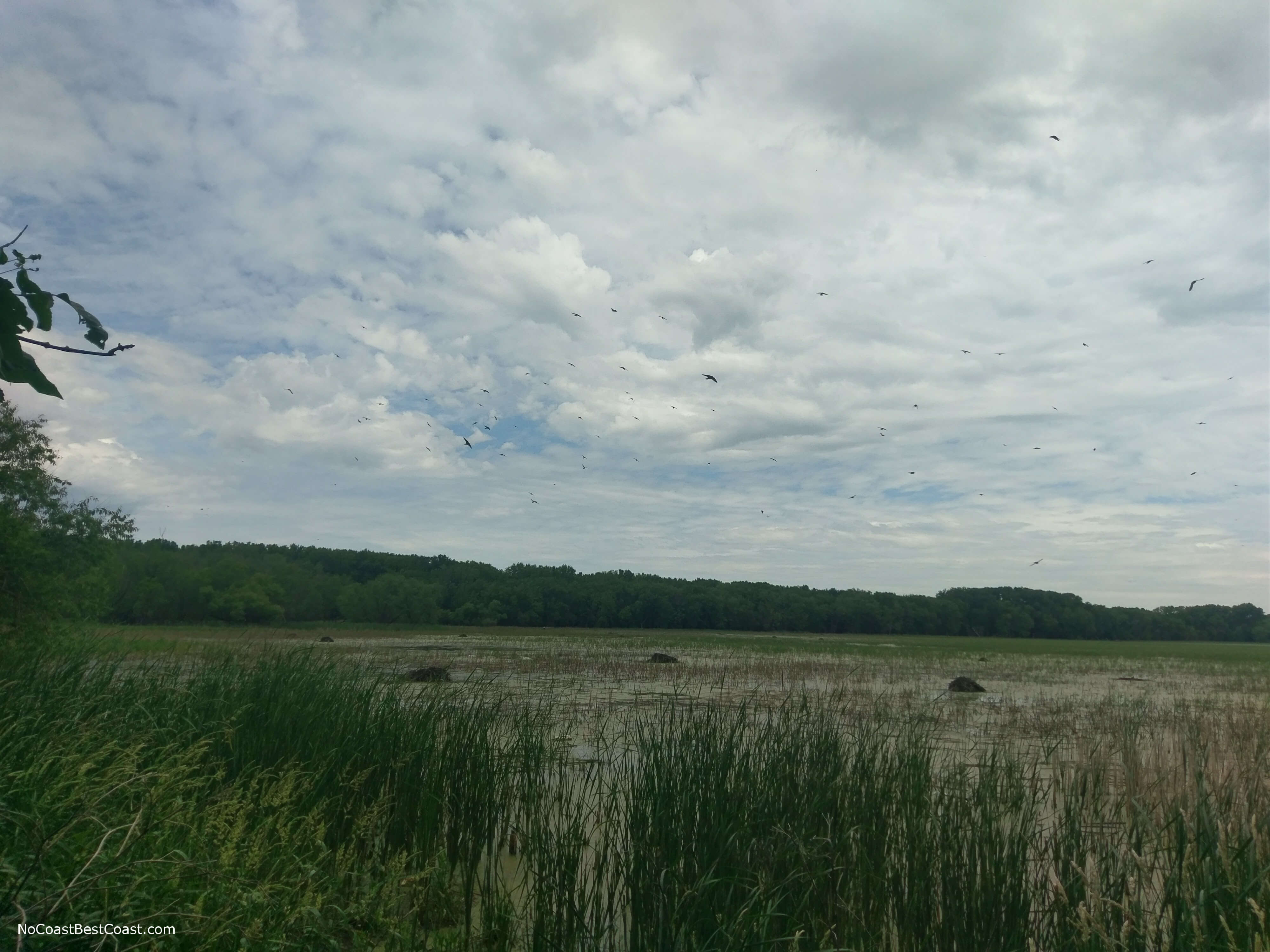
Despite being adjacent to Minneapolis-St. Paul International Airport, Minnesota Valley National Wildlife Refuge is a beautiful bird sanctuary
National Seashores and Lakeshores
National seashores and lakeshores are functionally the same as national parks, with the main difference being that they only protect coastal lands. Like national parks, they are managed by the National Park Service and their establishment requires an Act of Congress. National seashores and lakeshores provide waterfront recreational opportunities and preserve important coastal ecosystems in places along the East, West, and Gulf Coasts and Lake Michigan and Lake Superior. Unlike national parks, some national seashores and lakeshores permit hunting. There are 10 total national seashores and 4 national lakeshores scattered across 13 states, including some famously pretty seashores like Cape Cod in Massachusetts and Canaveral in Florida (right next to the rocket-launching Kennedy Space Center) and photogenic Lake Superior destinations like Pictured Rocks in Michigan and the Apostle Islands in Wisconsin.
National Historic Sites and Historical Parks
National historic sites and historical parks are both managed by the National Park Service and protect areas of national historic significance, such as battlefields, forts, and the homes of important historical figures. Historic sites protect only one particular building or feature, like Abraham Lincoln's childhood home in Illinois, whereas historical parks contain more than one property, like Martin Luther King Jr. National Historical Park in Atlanta which preserves his boyhood home, the church of his baptism, his memorial site, and many other buildings in the neighborhood. In the past, the Secretary of the Interior established national historic sites and historical parks, but now they are usually created by Congress. Each area is automatically listed on the National Register of Historic Places, a list of more than 1 million properties of historic significance that are eligible for tax incentives. There are 89 national historic sites and 52 national historic parks in the U.S., and almost all of these places are managed by or affiliated with the National Park Service.
Hopefully this helped to clarify what exactly each park designation means. If you're interested in learning more about the history of the national parks and the controversies of national monuments, I highly recommend The National Parks: America's Best Idea, a Ken Burns documentary series with an excellent companion book. Now take this knowledge and explore more parks!
